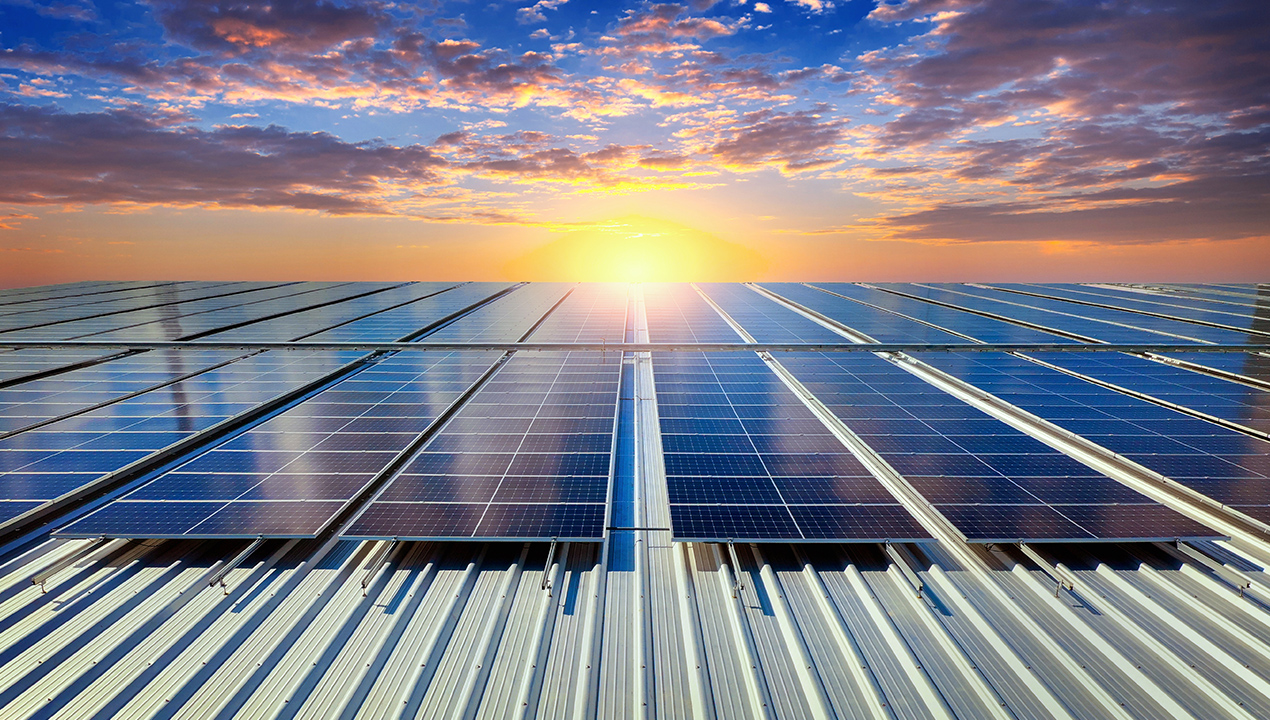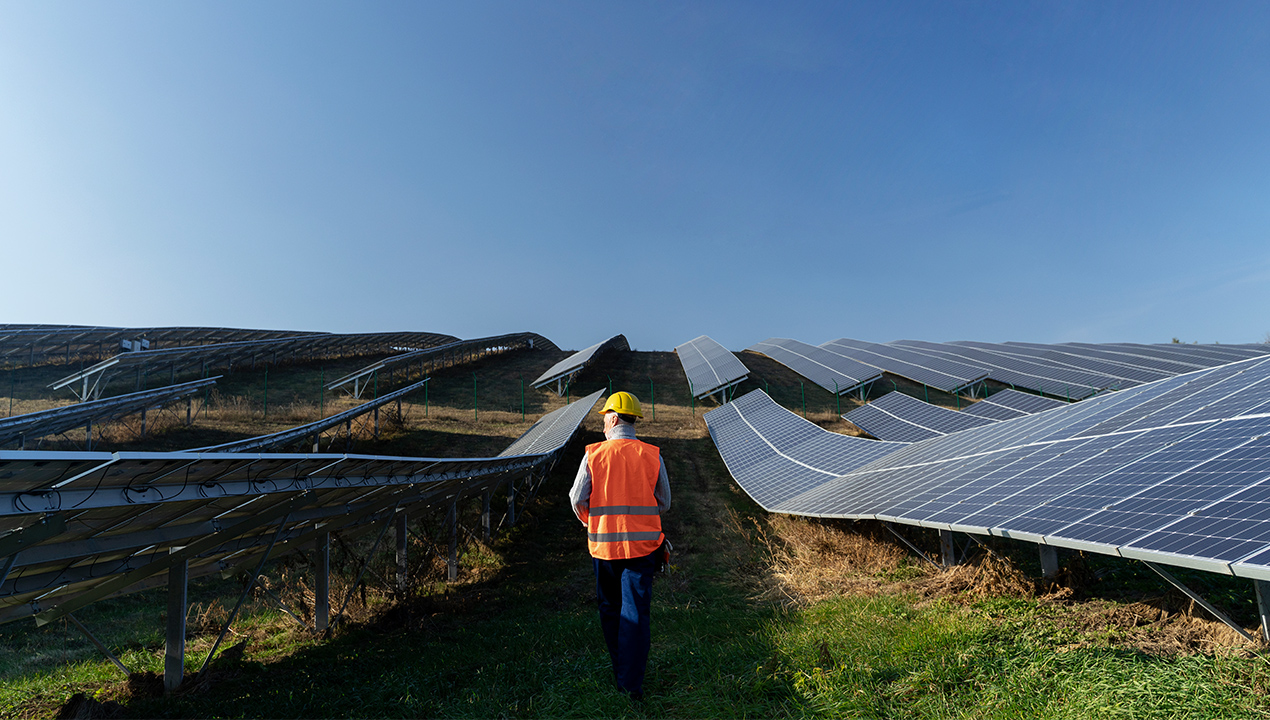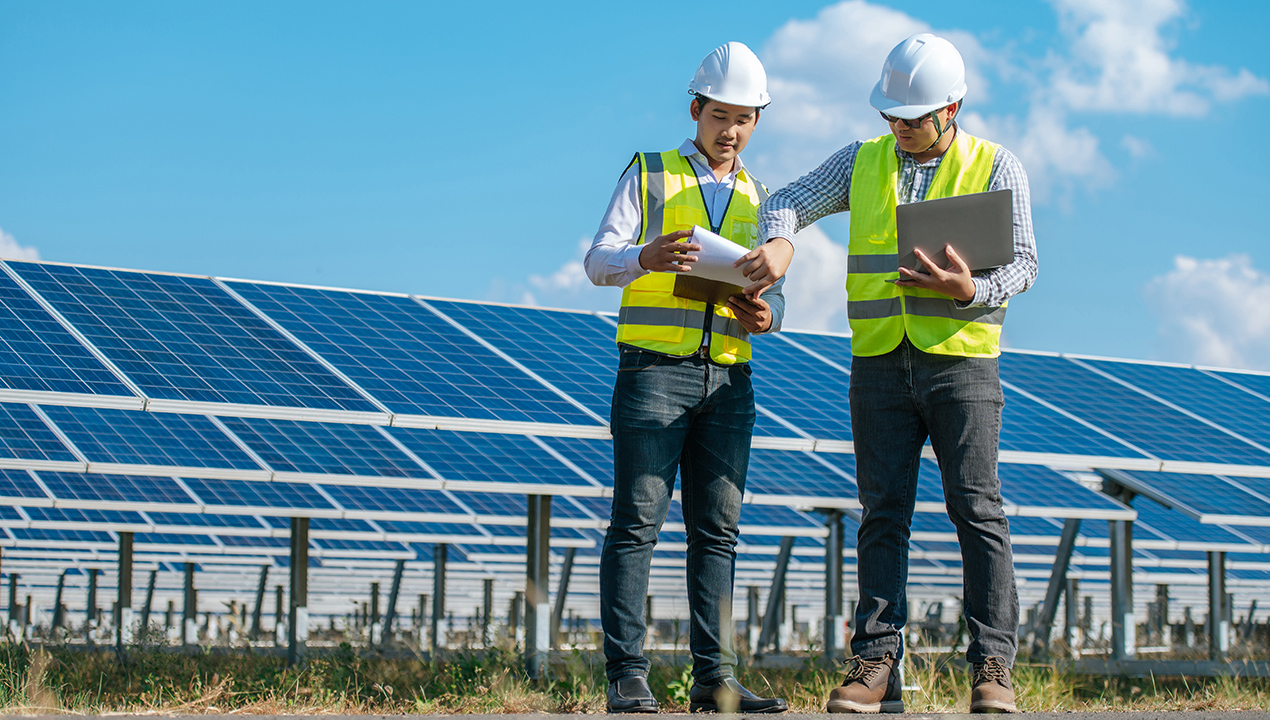At the end of August, the Romanian press gave us a new reason for optimism about solar energy. "Romania will install, by the end of the year, through the REPowerEU program, photovoltaic capacities of about 1,620 MW, of which 1,590 MW are installed by non- prosumers, according to data provided by the Energy Ministry. This is more than the capacity of the two nuclear reactors at Cernavodă," the ministry reports. Hotnews.
We also learn from the same article that thousands more MW will be installed over the next two years with money coming through the Modernization Fund. Modernization Fund, Ministry of Energy estimates:
- solar - public institutions: 500 MW;
- solar - private: 1,370 MW;
- solar - CE Oltenia projects: 735 MW;
- wind - private: 185 MW;
The deadline for completing the investments, according to the funding guidelines, is December 31, 2026.
So, unlike other technologies, Romania seems to have got off to a good start in the field of capturing energy from the sun, which will help us both to meet our domestic needs and to achieve our climate objectives.
Europe's heartbeat - accelerated by solar energy
By 2024, Central and Eastern Europe will become one of the fastest-generating countries for solar power, with a significant increase in production capacity, shows Reuters. Cumulatively, Austria, Bulgaria, Poland, Romania and Hungary have increased their solar energy production by 55%. Although the increase is twice the European average, central Europe still has some catching up to do in absolute figures.
In short, from the data presented in the Reuters article:
- Poland and Hungary are leading this growth.
- In the first 7 months of 2024, Western Europe (Belgium, France, Germany, France, the Netherlands and Switzerland) produced 83.53 TWh, followed by Southern Europe (Greece, Italy, Portugal, Spain and Turkey, with 76.12 TWh. In comparison, Central Europe produced 25.2 TWh of solar energy.
- The largest solar project in Central Europe is in Bulgaria, at Apriltsi, with a capacity of 400 MW and over 800,000 photovoltaic panels. This solar farm provides energy not only in Bulgaria but also in other parts of Eastern Europe. The project also includes an agri-voltaic component, with panels mounted at a height of 2.2 meters, allowing the use of the agricultural land below, thus maximizing the use of available land without affecting agricultural production.
High potential, tailor-made projects
Romania has an installed solar power capacity of 1,600 MW, representing large photovoltaic parks, and 1,400 MW, representing solar panels installed at prosumers' consumption sites, shows profit.ro. This has meant that this year we have recorded important firsts in renewable energy, which give us confidence that Romania is on the right track in the green transition: in March, our country recorded a photovoltaic energy production of over 1.000 MW from dispatchable sources, plus at least another 500-600 MW from prosumers, which are not dispatchable by Transelectrica (data from the cited analysis, carried out by profit.ro). On July 9, at 12.40 p.m., the instantaneous production of photovoltaic parks in Romania was 1,250 MW, according to Transelectrica data, cited by e-nergia.ro.
According to Romania's Energy Strategy 2025 - 2035, our country enjoys about 210 sunny days per year and has the highest solar potential in south-eastern Europe. The highest potential is in Dobrogea, eastern Bărăgan and southern Oltenia. The technical solar potential reaches a level of 19.4 GW (25.8TWh). The study cited in the Energy Strategy shows that the use of photovoltaic panels allows the production of 4.8 TWh of energy per year.
ANRE has compiled a list of the largest solar energy producers in Romania, which can be consulted here: https://anre.ro/wp-content/uploads/2024/01/Lista-prod-si-centrale-2023.pdf .
Renewable energy, especially solar energy, is also attracting the attention of companies already active in the energy market, which have the capacity to develop large-scale projects. For example, ROMGAZ has launched a call for projects for the production of green energy for photovoltaic and wind farm developers. OMV Petrom has announced that it will acquire a 50% of shares in Electrocentrale Borzeștiwhich owns renewable projects with a capacity of around 1 GW, including 950 MW wind and 50 MW photovoltaic. Black Sea Oil&Gas is also showing interest in developing photovoltaic parks on land owned.
We will have solar energy production. Is it enough?
Although the production of renewable energy is increasing, the variable nature of solar and other renewables, droughts and the decrease in power production in coal-fired units mean that Romania still has to import electricity. For example, according to Romania's Energy Strategy 2025 - 2035, although in 2023 photovoltaic plants constituted 8% of the net capacity, due to variability, this energy source contributed only 3% of the total energy production.
Dumitru Chisăliță, president of AEI, explains to Free Europe: "We consume a lot during the periods when we don't have energy production, in the evenings and mornings. That's when photovoltaics generally never work, and very often neither does wind. I have a large capacity, I produce, let's say, a lot when I'm not consuming. What do I do with it? I export it and then I need energy. When this capacity doesn't work, what do I do? Import. The balance is often negative. I import more than I export".
However, the 2023 results give us hope that Romania will balance this situation: according to economica.net, quoted by Free Europe "In 2023, Romania managed to gain from the energy import-export trade balance. It exported 11.63TWh and imported 8.61TWh, according to economica.net. Exports amounted to €1.23 billion, while imports - €1.19 billion. A gain of €47 million.".".
Energy independence is a goal that requires strategy, will and money, both from the authorities and the private sector. Scenarios for decreasing imports include changes such as investing in hydropower (which combines system balancing capacity, renewables and storage capacity in the case of pumped storage plants), but also increasing battery storage capacity and more to make the best use of solar and other renewables.







